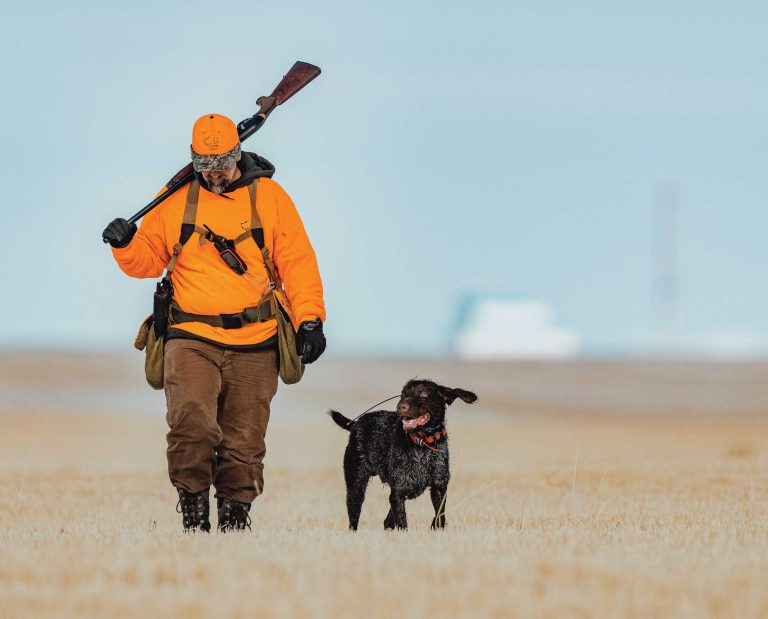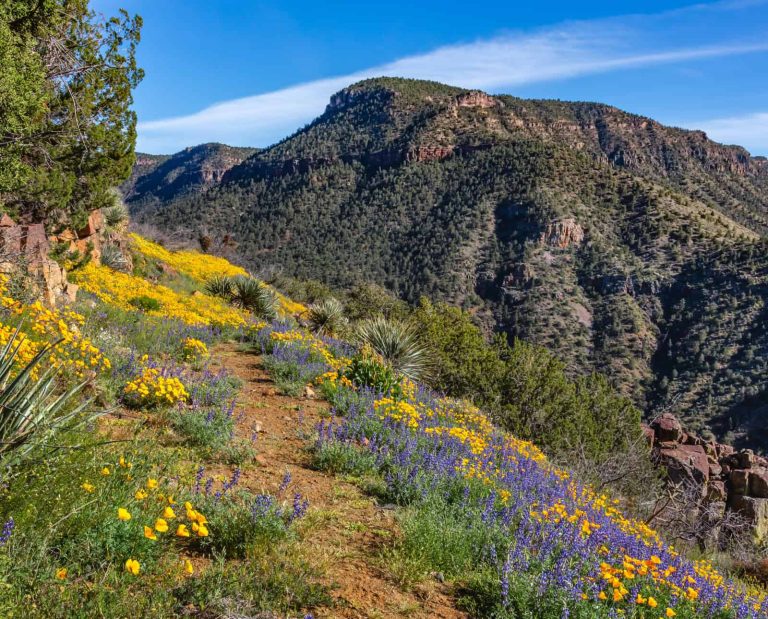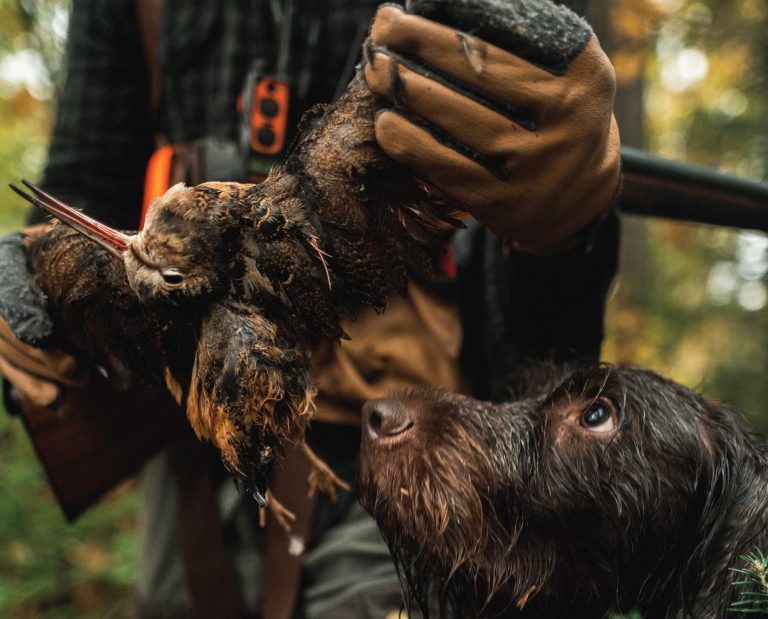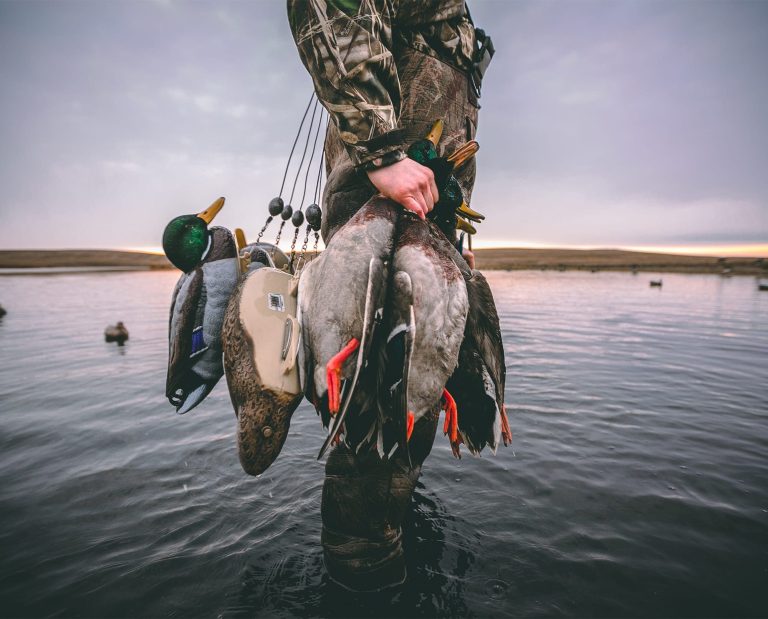Landmark Legislation of the 117th Congress and Upland Birds
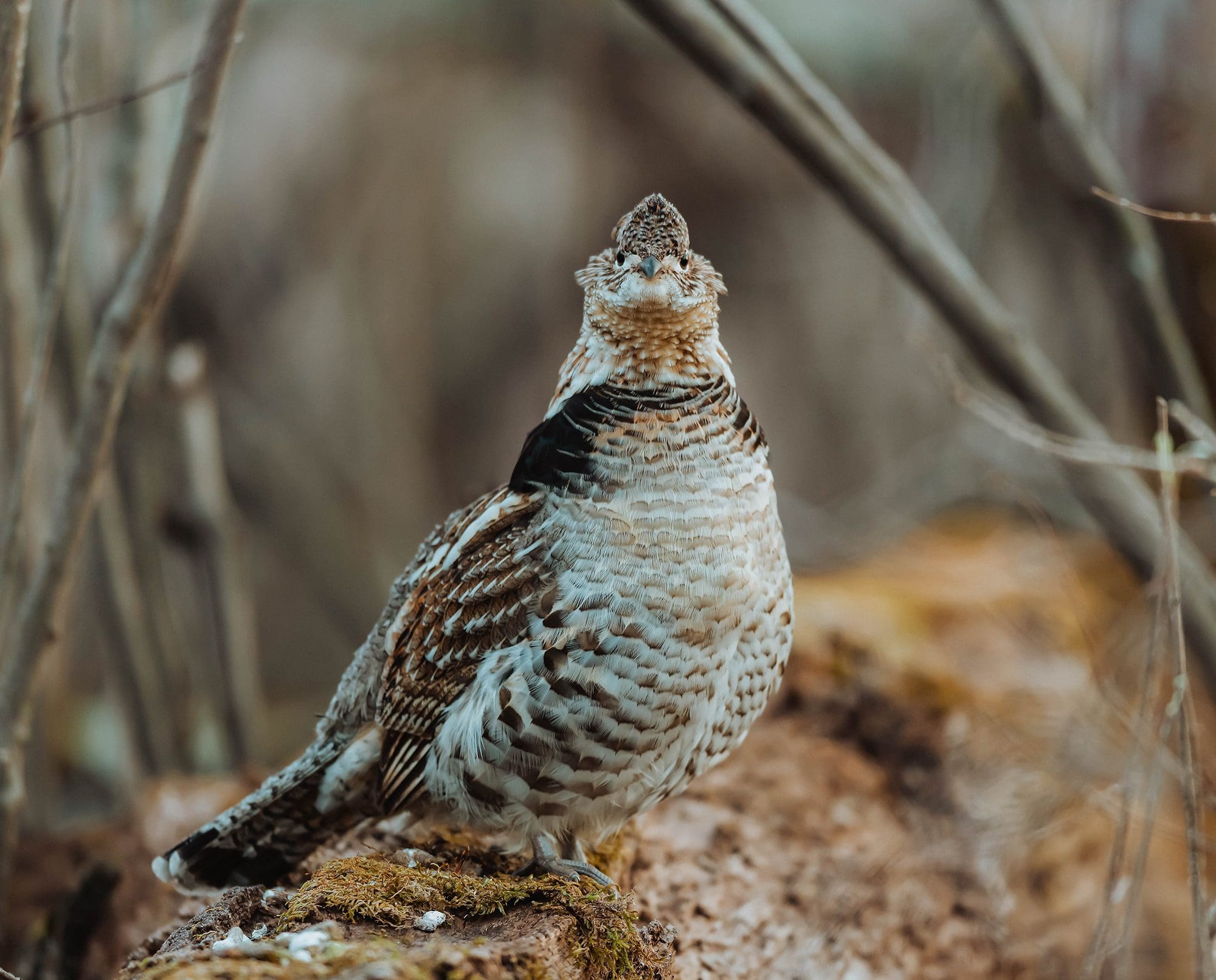
A lot has happened in the first year of the 117th Congress and the Biden Administration. Check out the comprehensive list here
The 117th Congress, sworn into office on Jan. 3, 2021, has been hard at work continuing the conservation legacy of the group that preceded them.
There have been troubles in the first year, notably with the headliner budget bill that includes money that would be put toward tackling climate change and thus conservation needs, but other bills have been moving in the right direction. The bills are noted below in order of the most recent to be introduced or reintroduced.
North American Grasslands Conservation Act
STATUS: Not introduced; still in the drafting stage
The North American Grasslands Conservation Act is a comprehensive piece of legislation that resembles the successful North American Wetlands Conservation Act of 1989 (NAWCA) that aims to bolster the nation’s grasslands.
NAWGA, in its current state, would create a voluntary incentive-based program to conserve and enhance grasslands and sagebrush ecosystems that would, in turn, help notable species in those systems while increasing the nation’s ability to sequester carbon dioxide.
Build Back Better Act
STATUS: Passed House of Representatives
On Nov. 19, the House of Representatives passed the Build Back Better Act (BBB), a comprehensive reconciliation package with many conservation-related funding sources.
The package is most known for the controversy it’s caused in the Senate, blocked by two moderate Democrats, Joe Manchin (D-W.Va.) and Kyrsten Sinema (D-Ariz.) for its price tag. Regardless, should the Senate pass the package, a lot of monies will be injected into different conservation needs. Manchin’s latest announcement on FOX News has put the chances of BBB passing in peril, as Sinema and no Republicans have still chosen to support the bill.
According to a breakdown by the TRCP, funding related to upland birds and habitat include, $10 million would be used for mapping, restoring, and conserving migration corridors; $100 million for enhancing and protecting grasslands; $27 billion for Farm Bill programs through FY 2026; $12 billion to create a Civilian Conservation Corps and $30 billion to go toward projects related to wildfire resiliency and restoration; and $25 billion for forest management, wildfire mitigation and restoration, the U.S. Forest Service Legacy Roads and Trails program, and state and private forestry conservation.
Despite the package being effectively dead barring more support, President Joe Biden announced he would break up the package into smaller bills.
Infrastructure Investment and Jobs Act
STATUS: Signed into law by President on Nov. 15
The House of Representatives finalized the Infrastructure Investment and Jobs Act in the late hours of Nov. 5, sending the package to Biden’s desk for signing which took place Nov. 15. The Senate passed the bill in August where it has been held in limbo while Senate Democrats battle over the large budget bill.
Still, the $1.2 trillion package passed by the House has plenty of conservation and natural infrastructure provisions in it that will benefit upland game birds and reconnect portions of the landscape. According to the Theodore Roosevelt Conservation Partnership, the first two are a $350 million provision to build wildlife road crossings and recover broken migration corridors, and a $250 million injection into the Legacy Roads and Trails Remediation Program which will aid in access to federal land owned by the U.S. Forest Service. Other provisions include $1.4 billion in grants through the PROTECT program, and $400 million for WaterSMART grants, of which $100 million will “enhance resilience to drought and wildfires, facilitate water conservation, create new habitat, and improve water quality.”
Important dates
- Introduced to House on June 4, 2021
- Amended and passed by House Committee on Transportation and Infrastructure on June 22, 2021
- Passed House 221-201 on July 1, 2021
- Passed Senate with amendment 69-30 on Aug. 10, 2021
- House adopts amendment, passed 228-206 on Nov. 5, 2021
- Biden signs bill into law on Nov. 15, 2021
Recovering America’s Wildlife Act
STATUS: House Bill passed committee with amendments; Senate bill in committee
The doted-over Recovering America’s Wildlife Act (RAWA) died in December 2020 as the 116th Congress dispersed, but was quickly revived in the early months of the new Congress.
Some may consider it lucky that RAWA died as it did in the last Congress, locked in to support species of greatest concern for only five years, while the new iteration of the bill will provide funding in perpetuity. The new RAWA was reintroduced by Representatives Debbie Dingell (D-Mich.) and Jeff Fortenberry (R-Neb.) in April, which was then followed by a showing in the Senate by Martin Heinrich (D-N.M.) and Roy Blunt (R-Mo.) in July.
RAWA will still provide around $1.4 billion annually for state fish and wildlife agencies to begin addressing their wildlife action plans (SWAPs), as well as conservation projects on tribal lands, a yearly bill sitting around $97.5 million. Funds would also go to support the recovery of species listed under the Endangered Species Act.
READ: Recovering America’s Wildlife Act: Breaking Down RAWA, and How to Support It
Overall, this would help a suite of upland birds such as Mearns, scaled, bobwhite, and mountain quail; ruffed, sharp-tailed, spruce, and blue grouse; woodcock; greater and lesser prairie chickens; and sandhill crane.
H.R. 2773 most recently passed out of committee with a 29-15 vote, but with three amendments Those are:
- Three Alaska-specific acts will not be affected, the Alaska National Interest Lands Conservation Act, Alaska Native Claims Settlement Act.
- There will be a 3 percent capacity on administrative costs to the Department of Interior
- Half a percent will be allocated to the Office of the Inspector General for oversight.
S. 2372 has been sent to the Environment and Public Works Committee and awaits a vote.
Important dates
- Reintroduced to House of Representatives on April 22, 2021; referred to the House Committee on Natural Resources
- Introduced to the Senate on July 15, 2021; referred to the Environment and Public Works Committee
- House bill is in subcommittees; first hearing held on July 29, 2021
- House bill passes out of Natural Resources Committee on Jan. 19
Rural Forest Markets Act of 2021
STATUS: Introduced to Senate on April 13, 2021
The Rural Forest Markets Act of 2021 will direct the U.S. Department of Agriculture (USDA) to “establish the Rural Forest Market Investment Program to guarantee investments to finance certain projects that will enable rural private forest landowners to participate in an innovative market for forest carbon or other products.”
RFMA will help create jobs and opportunities for private landowners to join yet another voluntary incentive program, but with a retroactive appeal. Unless the bill’s language changes, currently landowners who have already been managing their forests can reap benefits. Others will be able to opt-in. Further, as energy sector jobs in rural America begin to decline and may continue to do so drastically as the United States looks to be at Net 0 emissions by 2030, there will be a large segment of folks looking for suitable work.
Forest management will also help species in need such as ruffed grouse, American woodcock, and bobwhite quail while aiding in climate resiliency as diverse forests sequester more carbon dioxide than monolithic forests.
The Modernizing Access to our Public Land Act
STATUS: Out of committee, waiting for a floor vote
The Modernizing Access to our Public Land Act (MAPLand) is essentially a holdover from the 116th Congress, where it died as the new administration took over. Still, it’s back and could see passage well before the 2022 election.
Sen. James Risch (R-Idaho) reintroduced the bill with bipartisan support in March, while a group of representatives put it in front of the House shortly after. The goal of the MAPLand Act is to digitize recreational access information and update mapping data to better allow outdoor recreation enthusiasts access to rules, regulations, and other important information.
It currently has 12 cosponsors and has yet to move from the Senate Energy and Natural Resources Committee.
Other notable conservation news during the Biden Administration
Other notable government actions that took place during the Biden Administration’s term are as follows:
USDA increases CRP capacity
The United States Department of Agriculture increased the Conservation Reserve Program (CRP) re-opened enrollment in April 2021 and increased the total capacity by 4 million acres (25 million cap) and will continue to raise it to 27 million by 2023.
USDA also adjusted rental rates and incentives slashed by the Trump Administration to revitalize interest in the program. The agency also announced it would invest $330 million into 85 Regional Conservation Partnership Programs (RCPP) projects and $25 million for “On-Farm Conservation Innovation Trials,” while the Farm Service Agency (FSA)—the entity overseeing CRP—is also unrolling a new, annual “Climate-Smart Practice Incentive” for both the general and continuous signups. This will look to boost sequestration and other goals by establishing trees and permanent grasses, developing wildlife habitat, and restoring wetlands, according to USDA.
National Wildlife Refuge expansion largest in recent history
The Biden Administration joined a long list of its predecessors, Republican and Democrat, on May 4 by suggesting to expand the country’s National Wildlife Refuge system. The administration took it a step further, however, by proposing the largest increase in recent history at 2.1 million new acres.
New opportunities were also opened with this expansion, including upland and migratory game bird hunting on Texas’ Muleshoe and Niche River NWRs and migratory bird hunting on Virginia’s Featherstone NWR.
The expansion now brings the total huntable units to 434. The proposal was accepted by the Department of the Interior on Aug. 30.
Proposal to list lesser prairie-chicken still in limbo
The United States Fish and Wildlife Service suggested in July 2021 to list the lesser prairie-chicken on a dual basis. The Southern Distinct Population Segment (DPS), ranging in eastern New Mexico through the southwest portion of the Texas Panhandle, was asked to be listed as endangered, while the Northern DPS (range in Oklahoma, southeast Colorado, and western/southcentral Kansas) would be listed as threatened.
These two listings have different results, as certain management practices like prescribed burns can still take place in the range of a threatened species, while virtually everything that disturbs an endangered species is locked behind layers of permits with a low chance of securing one.
This has been a long time coming to many in the conservation realm, as this has been in motion for some time. In 2015, a federal judge struck down a threatened listing after it was litigated. Still, USFWS officials noted in a report by the Washington Post that voluntary conservation efforts have essentially failed for the lesser prairie-chicken.
The proposal is still being considered by the Biden Administration.
This article is being updated as new information becomes available.



